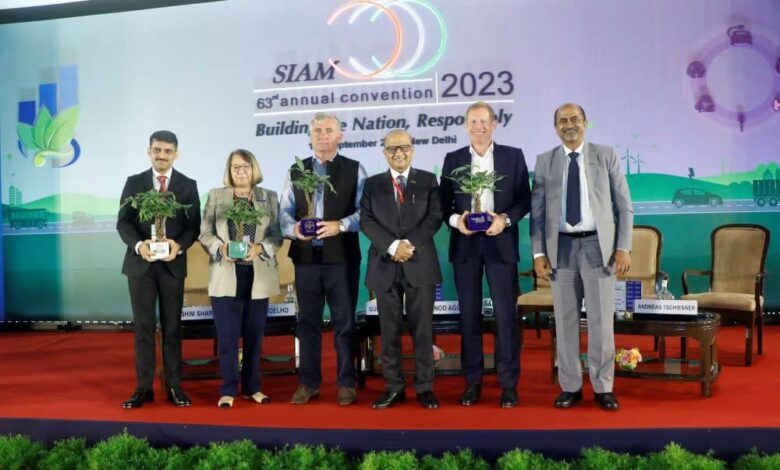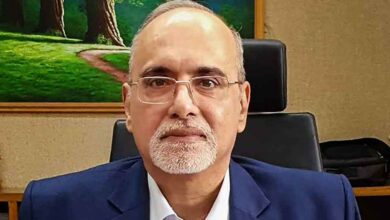
SIAM met for its 64th annual session recently in New Delhi to discuss future plans, and the Union Minister for Road Transportation and Highways laid down the potential of hydrogen production in the country. Nitin Gadkari also stressed that the Auto industry has a very important place in the Indian economy; this industry contributes 6 percent to the total GDP, 8 percent to the manufacturing sector, and almost 40 percent to the overall economy.
This has compelled other political parties and leaders, such as Gadkari of the Indian government, to announce plans towards attaining a zero-carbon economy by 2070, with plans for inception to be made by 2030. He also had confidence in making India a leading country in hydrogen production with the plan of reducing the cost of production of hydrogen per kilogram to as low as USD 1. Currently, the cost is around ₹ 300 per kilogram at present and in the foreseeable future.
In pursuing this goal, the minister of road transport and highways of India, Nitin Gadkari, stressed the need for technologies that provide localized hydrogen production. He also stressed the idea of using waste sorting in the process of producing biohydrogen since such materials as plastic, metal, and glass could allow biodigesters to produce hydrogen for commercial purposes.
While India ranks third largest market for passenger vehicles globally, the country has a steadily increasing concern about road safety. Similarly, Gadkari said his ministry wants to spend ₹ 450 crore on new technologies for a crash testing facility, which is set to be ready within the next three months. This measures aim to improve the safety standards of vehicles in the automotive industry while simultaneously contributing to the achievement of the country’s environmental objectives.



